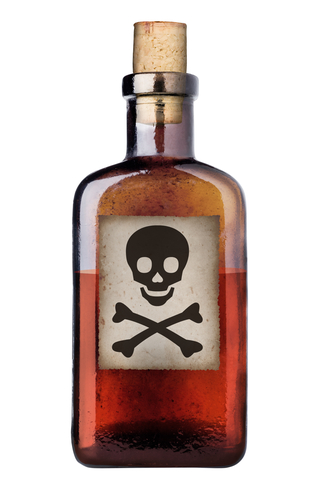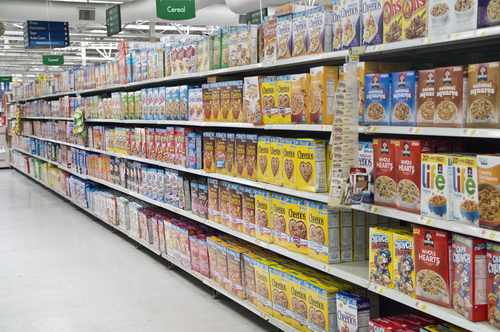
In May of 2016, there were reformations to how nutrition facts should be displayed in food label design. Before considering labels for your custom food products, you should be aware of these new requirements placed by the Food and Drug Administration (FDA). Changing what is displayed on nutrition facts as well as how it is shown, is a step in the direction toward giving customers the added information needed to make healthy eating choices for themselves as well as their families. Blue Ribbon Tag and Label Corporation understands the importance and changes of nutrition facts this year in food label design and can help your company implement them onto your product’s label.
Nutrition facts are information provided on food labels to help consumers determine the nutrients in food before purchasing or eating. They are the black and white boxes located on the label of your food products, most likely located on the back. Nutrients listed on nutritional fact labels are:
Although the look of the nutritional facts label remains the same, there are some additions and reformations to be aware of. Manufacturers and food scientists will have to figure out how to display these changes rather quickly, as these requirements are mandatory by July 26, 2018. If you are a smaller business with an annual revenue of less than $10 million, you are given an additional year to make these nutritional fact changes. New reforms in nutrition food label design include:
Serving Size: This is the amount of the product that nutritional facts determine. If the serving size is one cup, the information portrayed beyond that is based only on a cup of the product. This can be confusing for buyers, so serving sizes will now be more realistic to what people will actually consume. Additionally, half sizes or awkward serving sizes will also be listed as a single serving size.
Calories: The calories, displayed at the top of the nutritional fact list, will not be a much larger and bolder font. This will make it easily recognizable for consumers.
Sugars Added: This is a completely new concept that will now have to be implemented into nutritional fact food label design to give customers the information on sugars that are added to processed foods. This will allow customers to identify the sugars added in foods that provide no nutritional value, as opposed to natural sugars.
>Sodium and Fiber Counts: The percentage of daily fiber and sodium needed, according to the FDA, has changed a bit. Accordingly, the identification through labeling must change as well.
Vitamins: Potassium and vitamin D must now be displayed in grams, in contrast to a percentage. Also, vitamins A and C will no longer be mandatory for listing, since deficiencies are not apparent in the US population currently.
If your company is getting ready for these changes, Blue Ribbon Tag and Label Corporation can help you come up with the labels needed for your food products. If you would like to research more about the changing stipulations on nutritional fact labels, you can view the new guidelines on the FDA’s website.
To learn more about the labeling services and products provided and designed by Blue Ribbon Tag and Label Corporation, please contact us today at (954) 922-9292.


